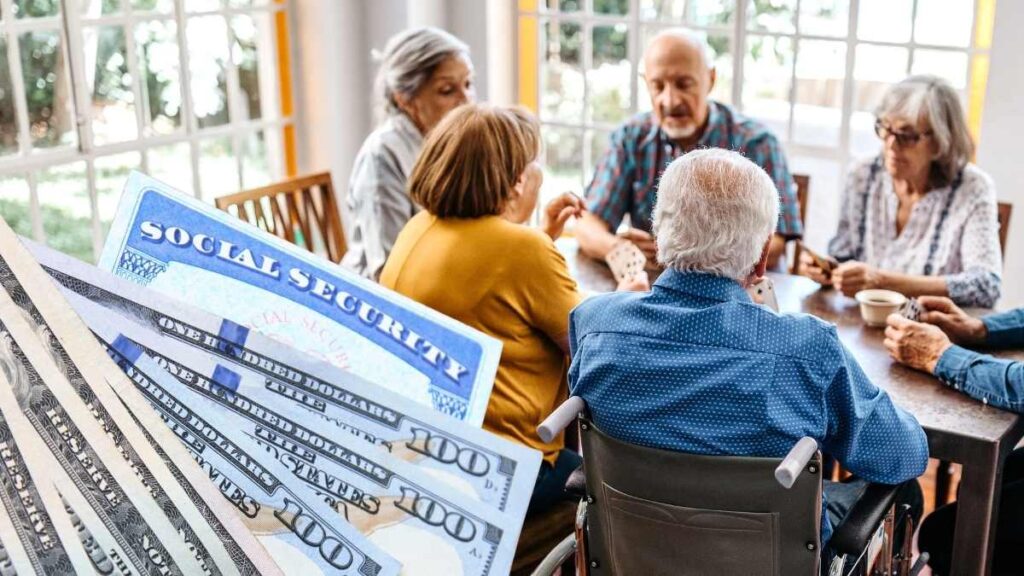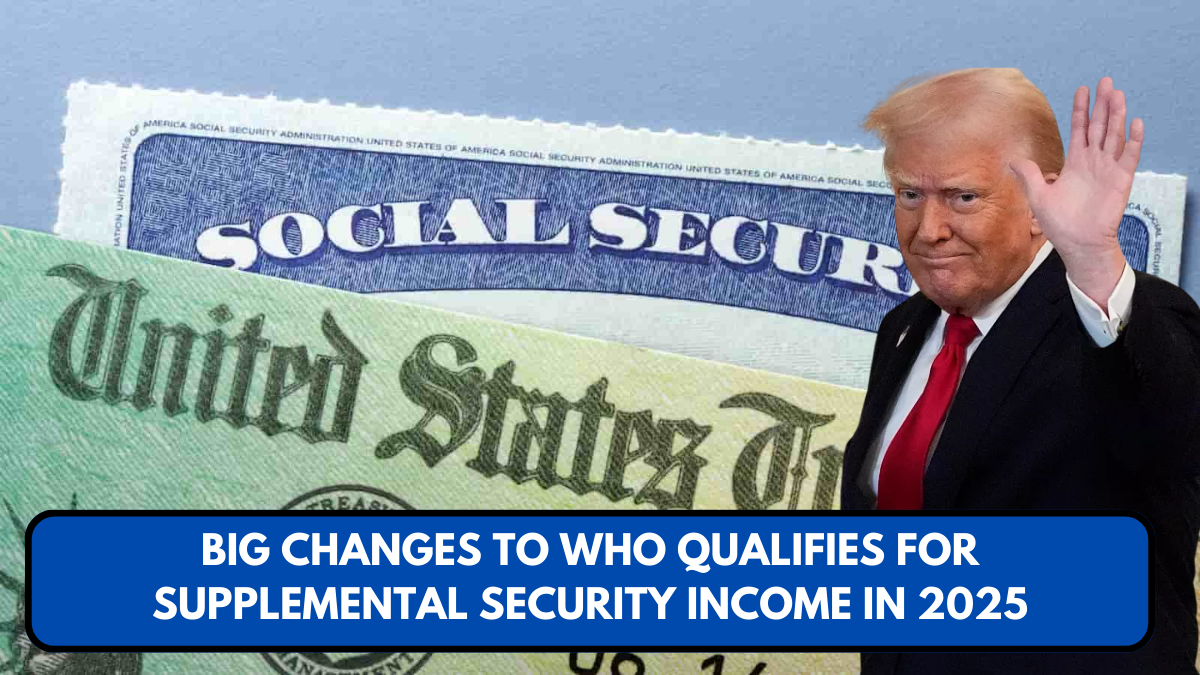In a sweeping move to make Supplemental Security Income (SSI) more accessible and equitable, the Social Security Administration (SSA) is implementing several key changes to the eligibility criteria and benefit calculations of the program. These updates aim to expand benefits, simplify the application process, and reflect the modern realities of low-income Americans, particularly the elderly and those with disabilities.
These reforms come as part of a broader federal initiative to modernize social welfare programs and ensure that no one is left behind due to outdated policies or administrative hurdles.
1. Redefining “Public Assistance Households”
One of the most notable changes will take effect on September 30, 2024, when the SSA will broaden the definition of a “public assistance household.” Under this new rule, households that receive benefits such as the Supplemental Nutrition Assistance Program (SNAP), even if not all members are recipients, will now qualify under this category.
This change means more people—particularly in mixed-benefit households—will become eligible for higher SSI payments or benefits for the first time.
“This update reflects our commitment to making SSI more accessible,” the SSA stated in an official blog post. “By removing outdated barriers, we’re making sure help reaches the people who need it most.”
2. Rental Subsidy Policy Now Nationwide\

Previously applied only in a handful of states, the SSA is now extending its rental subsidy policy nationwide. This update alters how subsidized housing or rental assistance is factored into SSI eligibility.
Under older rules, individuals receiving reduced or free housing often saw their SSI benefits reduced. The expanded policy will reduce the penalty for those receiving housing aid, ensuring they can still qualify for meaningful SSI support.
According to Graham & Lane Law, this move will benefit thousands of low-income seniors and disabled individuals who rely on public housing.
3. Food Aid No Longer Penalizes SSI Recipients
Another key change involves the treatment of food assistance. Starting September 30, 2024, food given by friends, relatives, or charities will no longer count as in-kind support and maintenance (ISM)—a category that previously could reduce SSI payments.
This means that if someone provides groceries or meals to an SSI recipient, their benefits won’t be reduced, a change welcomed by many elder law advocates.
“The previous rules discouraged people from accepting help,” said a legal expert quoted in Chron.com. “Now people can get the support they need without fearing a cut in their benefits.”
4. 2025 Cost-of-Living Adjustment (COLA) Brings Higher Payments
As part of the annual Cost-of-Living Adjustment (COLA), SSI payments are also increasing in 2025. Beneficiaries will receive a 2.5% boost in monthly payments:
- Individual maximum benefit: $967/month
- Couples: $1,450/month
This adjustment helps SSI recipients keep pace with inflation. Full details on COLA can be found on the SSA website.
5. Application Process Becomes Easier
Applying for SSI has long been criticized as overly complex. In response, the SSA has begun expanding its iClaim online application portal, initially limited to a narrow group of applicants.
The current version is available for:
- Adults aged 18 to just under 65
- Those who have never been married
- First-time applicants for both Social Security and SSI
By late 2025, the SSA plans to expand this streamlined portal to include all SSI applicants, making the process faster and more accessible. More information is available in this official SSA update.
6. Retroactive Payments Under the Social Security Fairness Act

In a related move, the Social Security Fairness Act of 2023, signed into law by President Biden, repealed the Windfall Elimination Provision (WEP) and the Government Pension Offset (GPO). These provisions had historically reduced benefits for retirees with non-covered pensions, such as teachers and firefighters.
The repeal has resulted in retroactive payments averaging $6,710 for over 3.2 million Americans, starting January 2024. Beneficiaries can check their eligibility through the SSA Fairness Act resource page.
7. Administrative Challenges Persist
Despite these reforms, the SSA continues to face staff shortages and service delays. Approximately 7,000 positions were cut, leading to concerns about longer wait times and reduced phone support, particularly for elderly claimants.
Additionally, the SSA has scaled back phone-based identity verification, requiring many claimants to navigate the process in person or online—posing new challenges for those with limited mobility or digital literacy.
For updates on SSA field office access and hours, visit the SSA Field Office Locator.
Looking Ahead
These changes mark the most significant update to SSI in years, and while challenges remain, the new rules offer hope to millions of low-income Americans seeking financial support.
As these reforms roll out through 2024 and 2025, beneficiaries are encouraged to review their eligibility, update their information, and explore the SSA’s online tools to ensure they receive the full benefits available to them.
For complete information and updates, visit the official SSA website.

Outside of work, he enjoys playing chess, following cricket, and writing short stories. His commitment to integrity and in-depth analysis strengthens OTE News’ mission of providing trustworthy journalism.




